In dog training we often hear about management as something you do to prevent a dog from rehearsing a problem behavior. Management involves changing the dog’s environment so it’s impossible for your dog to fail when you’re not there to help them “get it right.” Common solutions include crating your dog when your friends arrive so they aren’t molested the moment they try to set foot in the house; or shuttering the window blinds and playing white noise to minimize maniacal barking every time a neighbor walks past your house.
Given how busy many of us are, sometimes these traditional solutions might mean long stretches of boredom for your dogs. Some dogs respond by snoozing or napping, and for many dogs this is just fine! Other dogs who need a little bit more to do may still adapt and also learn to be calm and settled when nothing exciting is happening, buying you valuable time to get work done or finally buy those darned groceries. But for these dogs, when you get home from work and are greeted at the door with a hyper dog who’s ready for their walk, you might sigh to yourself, no rest for the weary. After all, from your dog’s perspective, you’re finally home and it’s all about them!!! And as you smile at their contagious and infectious joy, and recognize that you didn’t get a dog in order to be bored*, you might also weep with fatigue.
One way to economize your time is to consider apportioning part of that time your dog is spending alone being “managed” by engaging them in a species-approved activity, something we define as “enrichment.” Enrichment is providing an outlet for a dog to engage in species-typical behaviors, and letting them do the behaviors they need to do because they are dogs. Enrichment often doubles as physical and/or mental exercise, so you get double bang for your buck.
Enrichment is increasingly recognized as a staple of basic animal welfare, and research has actually shown that enrichment can help mitigate anxiety and fear, and improve some behavior challenges**. Thus enrichment is often recommended by professionals as an additional solution to management, as a way to help resolve or reduce behavior problems or nuisance behaviors. I challenge you to consider enrichment to actually be part of your management solution instead of a wholly separate entity that you must tetris into your dog’s day.
But wait what? You want me to do two things at once?
If management is really just setting things up to prevent the problem behavior, it doesn’t have to be boring for your dog. One alternative way of thinking about managing a behavior problem or managing a dog who is learning to live with their humans, is to consider a management solution that takes into account the dogs’ welfare and behavioral well-being. While crates, for example, are a good temporary solution and very useful in a pinch, another way to consider managing your dog’s jumping habit is to tire them out with a lovely romp in the woods before you have your friends arrive. In other words, fulfilling your dog’s social needs, their need to exert energy, to interact with the natural world, etc., will go a long way toward them being easier to handle when your friends arrive for a dinner party. This doesn’t mean that your dog will not need training to teach them not to jump – a friendly, prosocial dog always benefits from learning a nice alternative way to solicit greeting that doesn’t involve taking your friend down at the door. But it will make training a lot easier and faster because there isn’t quite so much pent-up energy and so many of your dog’s needs have already been met.
Maple, Lena, and Bronwen enjoying a fun adventure in Burlington, Vermont during Vermont’s famous “mud season”
**Jean Donaldson is the person I first heard this quote/joke from and it has stuck in my head like a broken record. I repeat this often to clients who might need a little humorous commiseration that dogs can often keep us on our toes!
**K. Spaulding (2022). Stress, Trauma and the Brain. Webinar given for the Academy for Dog Trainers on 3/9/2022.

